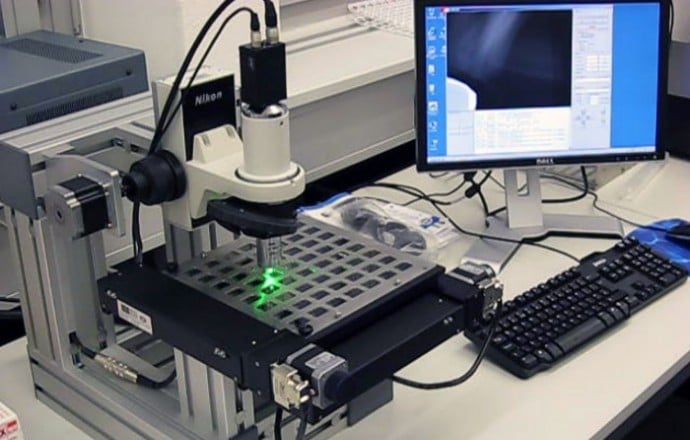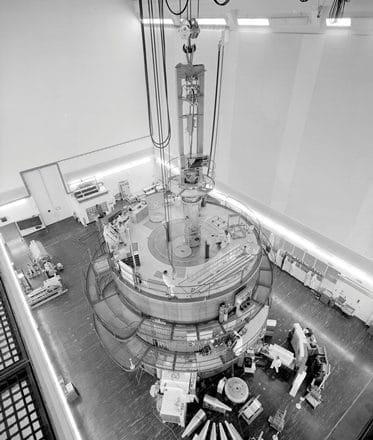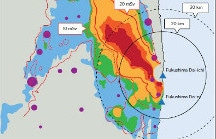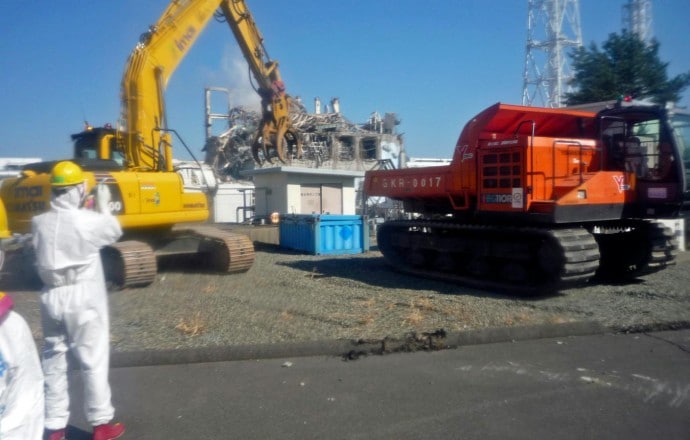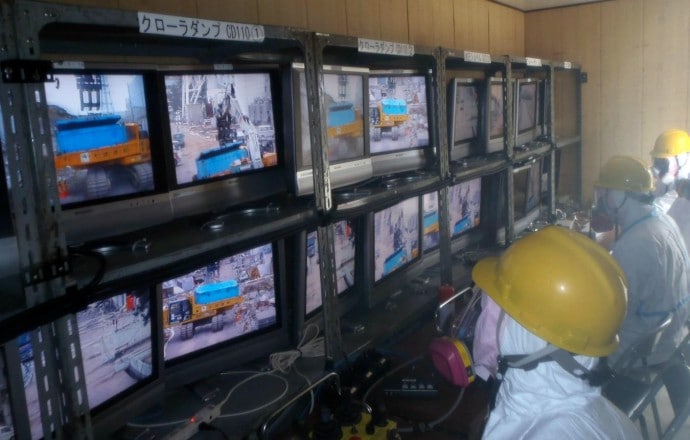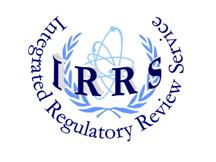Radiation Measurement Technology
Development and Research Work in the Field of Radiation Measurement Technology: this project deals with the verification and calibration of dosimetry systems and radiation measurement instruments. On the one hand, importance attaches to personal dosimetry, i.e. the measurement of the outer and inner radiation exposure for people. This field also covers measurements of the release […]

